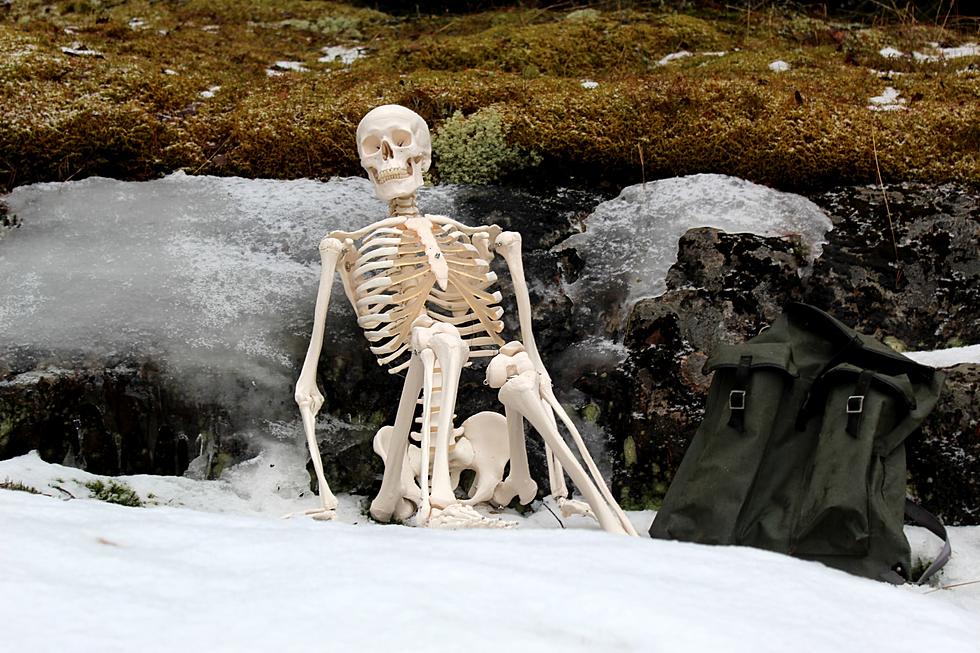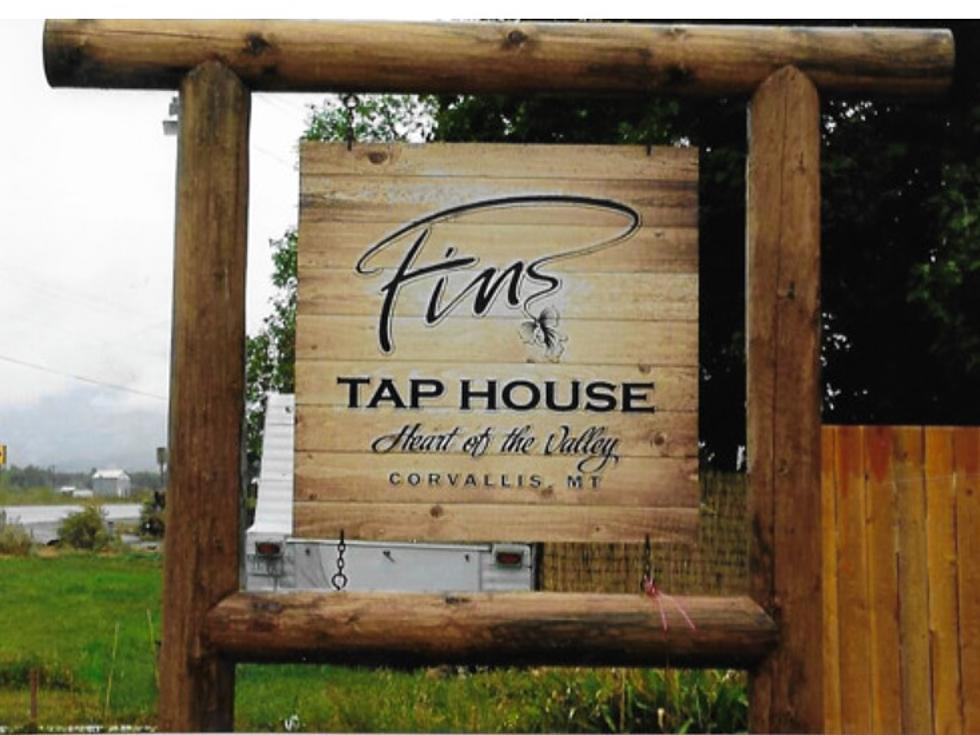
Almanac Calls for ‘Season of Shivers’ This Winter in Montana
You may have had enough of the hot summer heat. But, soon you will be complaining about the cold. We here in Montana seem to embrace both extremes. Except every year we seem to forget how extreme it can get. Weeks of 90 plus degrees of hot summer sun, followed by weeks of frigid below zero snow shovelings. If there was only a way to gauge just how bad the upcoming season is going to suck. Then we might be better prepared both mentally and physically.
There just so happens to be a crystal ball that has been predicting the future for hundreds of years. It is called The Old Farmers Almanac.
How can the Almanac predict the future?
According to Almanac.com
The Old Farmer’s Almanac employs three scientific disciplines to make long-range predictions: solar science, the study of sunspots and other solar activity; climatology, the study of prevailing weather patterns; and meteorology, the study of the atmosphere.
Rarely is the Almanac predictions completely wrong. Which it what worries me about our upcoming winter for 2021-2022. The Almanac is calling for what they call the "Season of Shivers" for much of North America. Meaning it is going to be below average temperatures for much of the winter. For us here in Western Montana, the Almanac is calling for COLD and DRY. Predicting that your plans of skiing fresh powder everyday this winter, might not happen.
According to Almanac.com
“This coming winter could well be one of the longest and coldest that we’ve seen in years,” says Janice Stillman, editor of The Old Farmer’s Almanac. For 230 years, the Almanac has been helping readers to prepare for winter’s worst with its 80 percent–accurate weather forecasts.
LOOK: The most expensive weather and climate disasters in recent decades
KEEP READING: Get answers to 51 of the most frequently asked weather questions...
More From Alt 95.7









